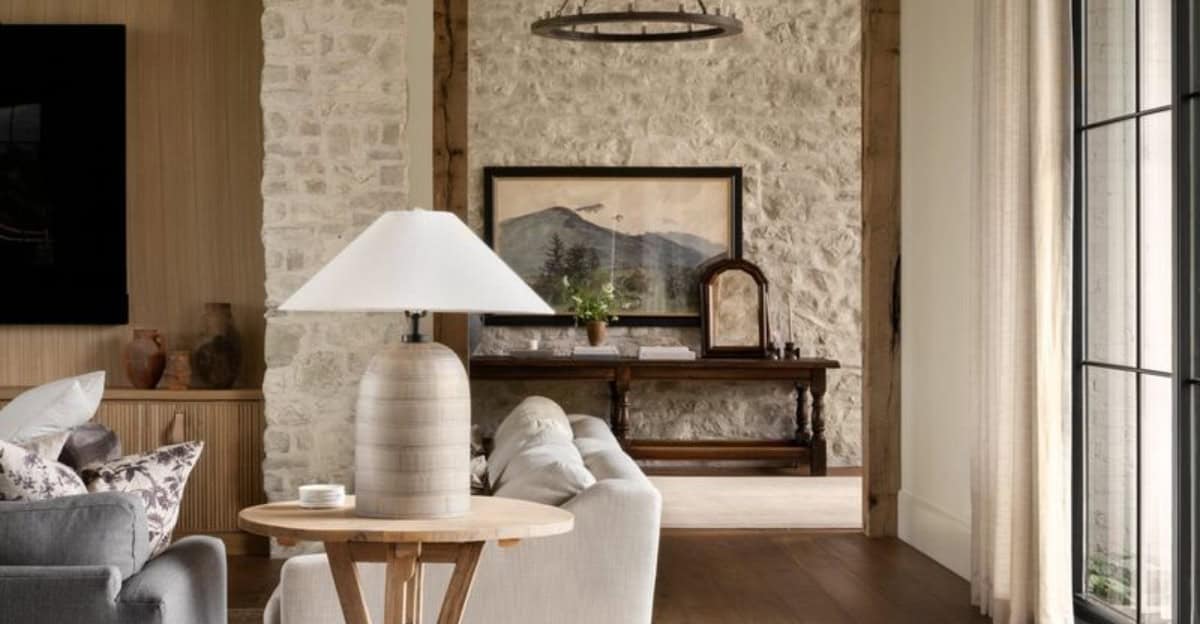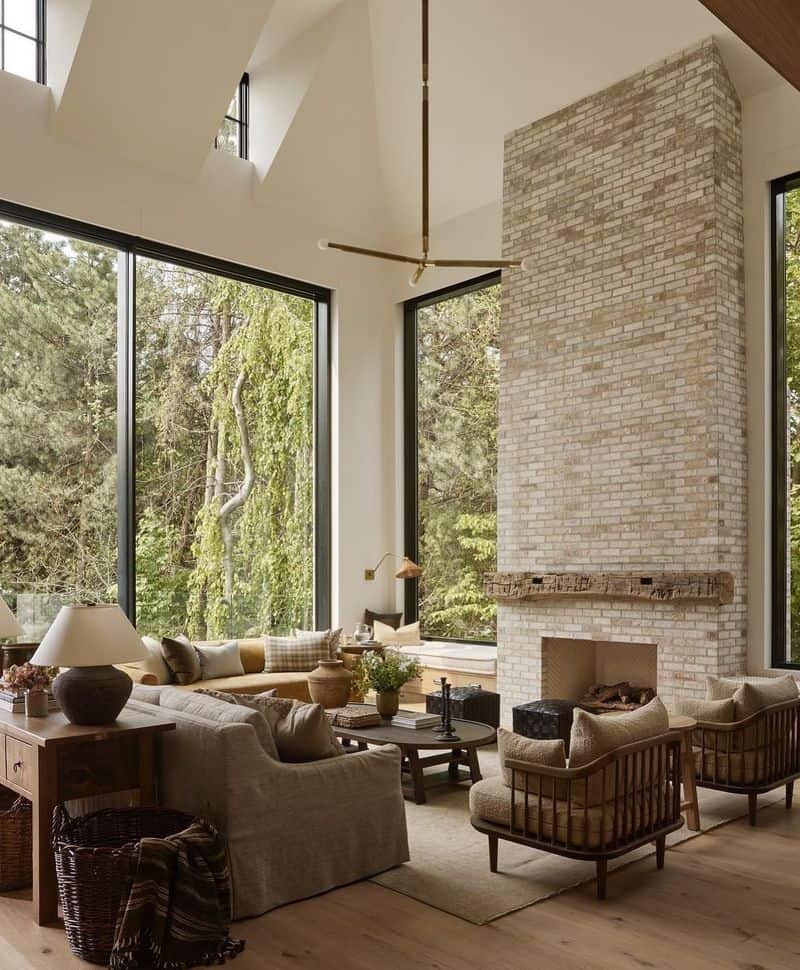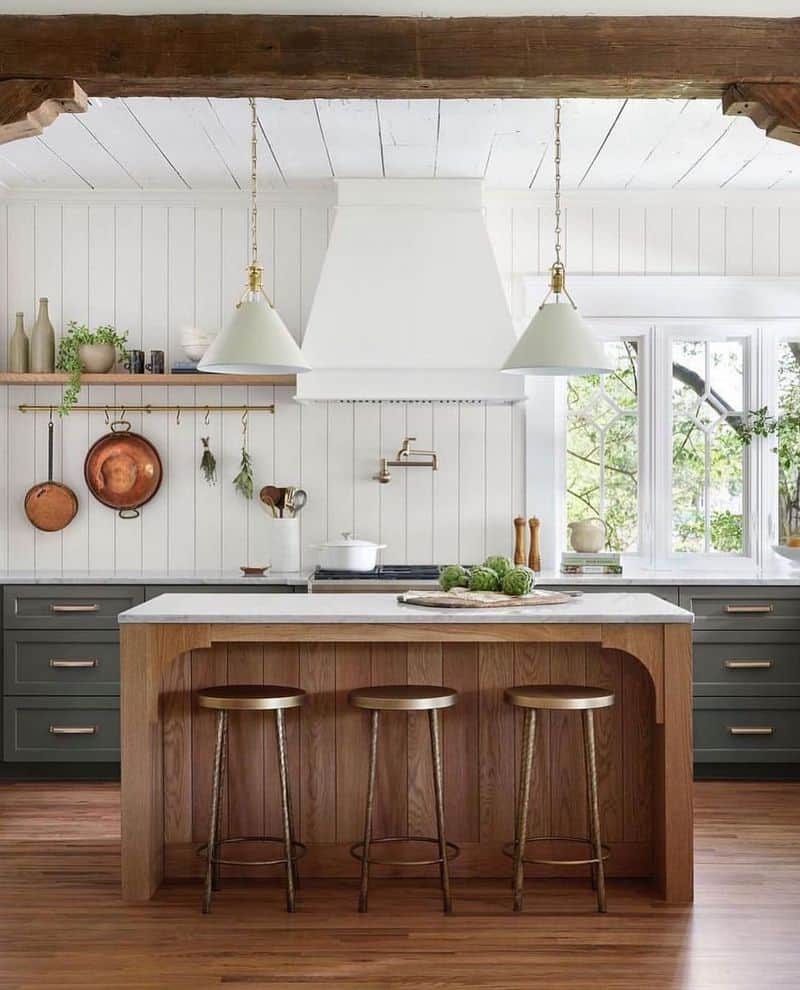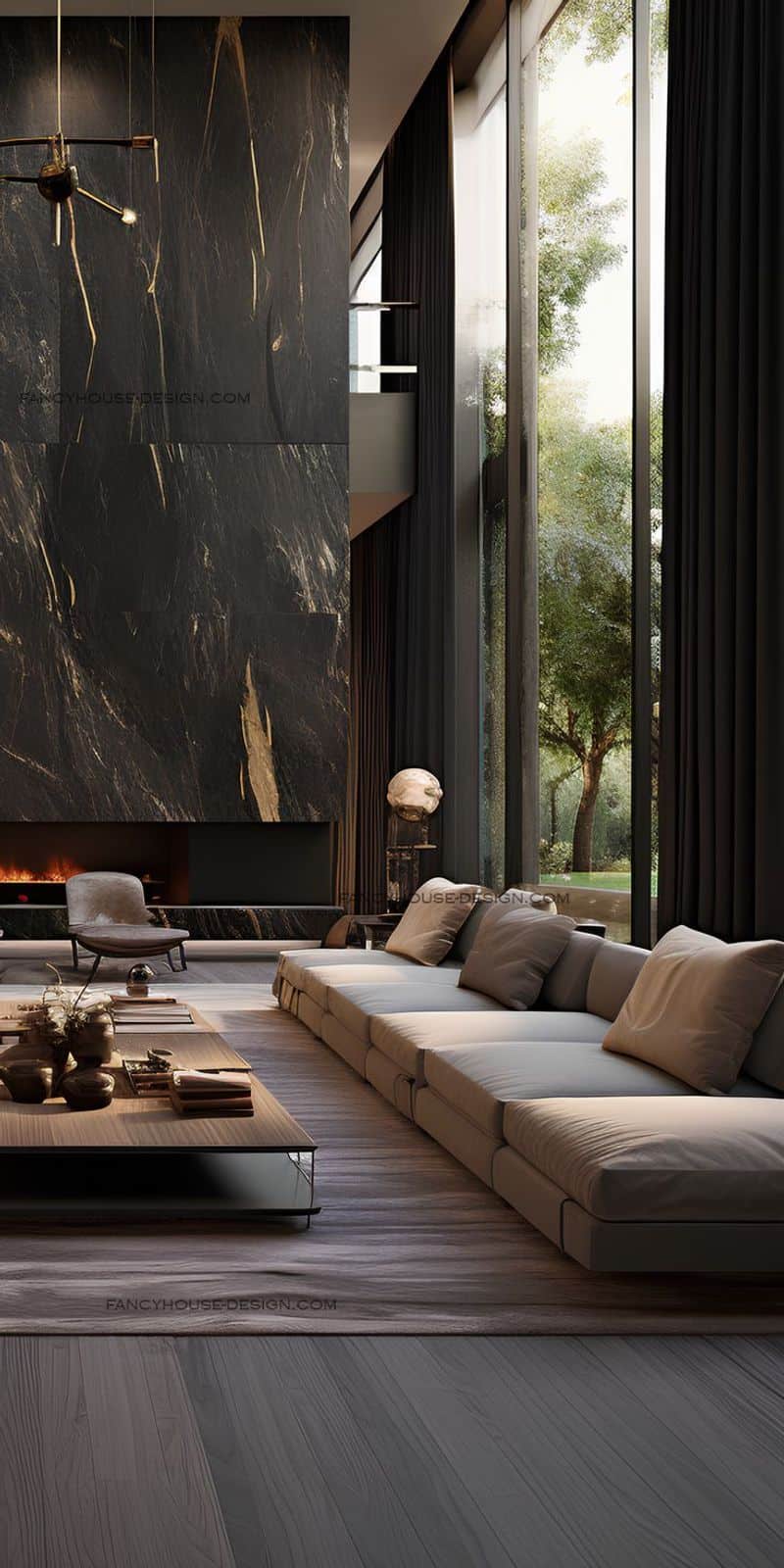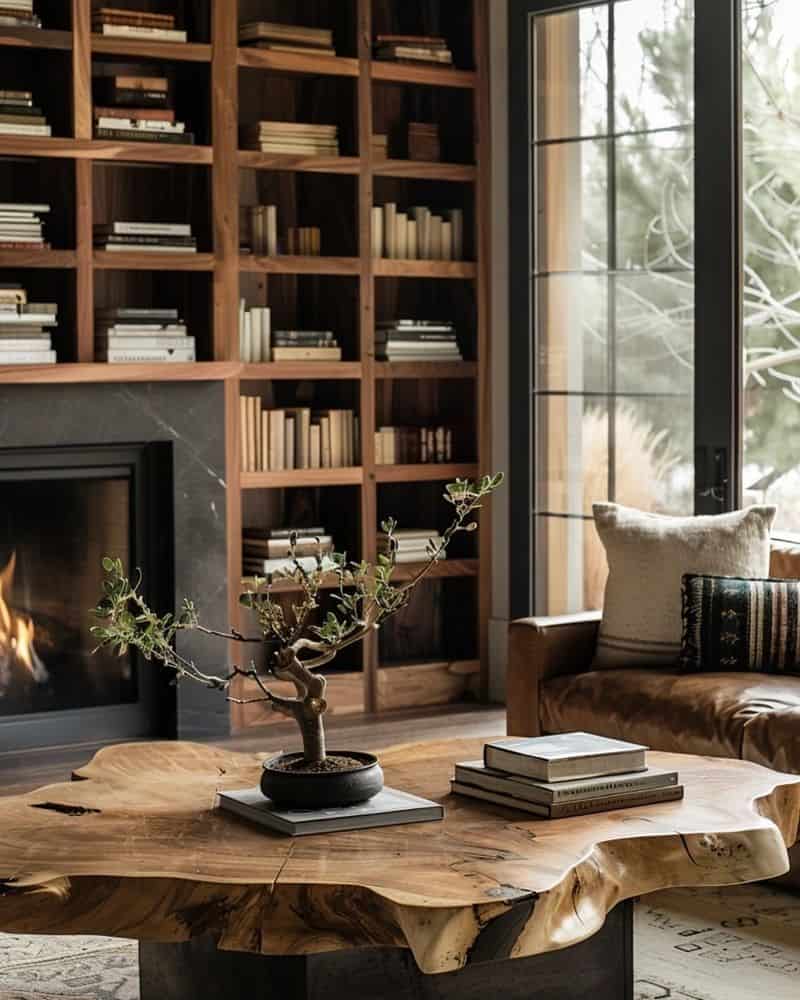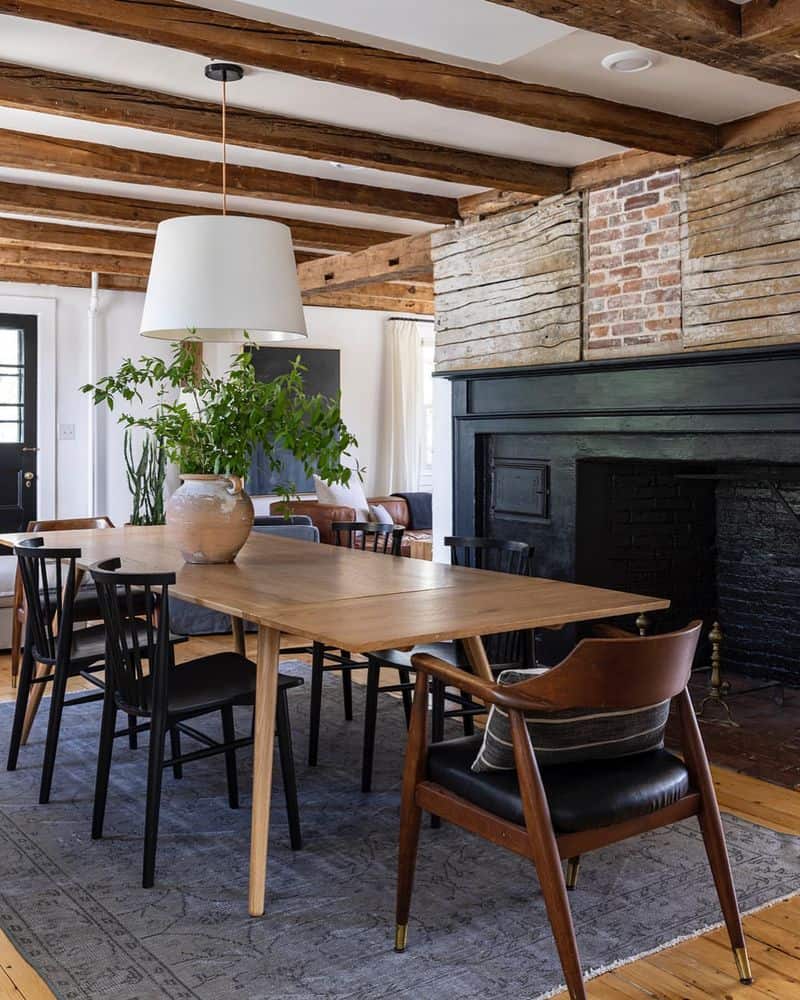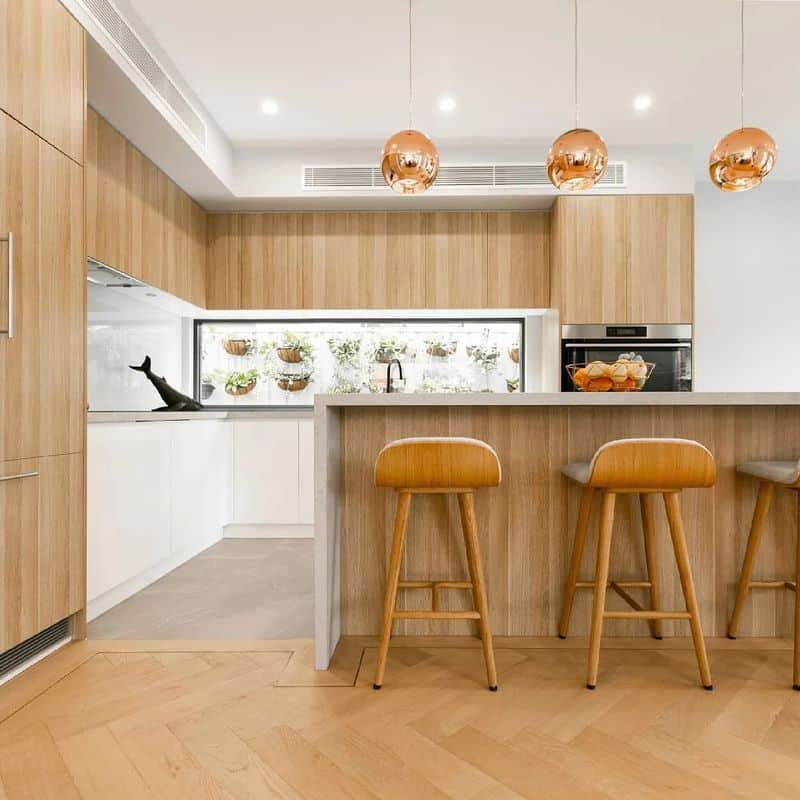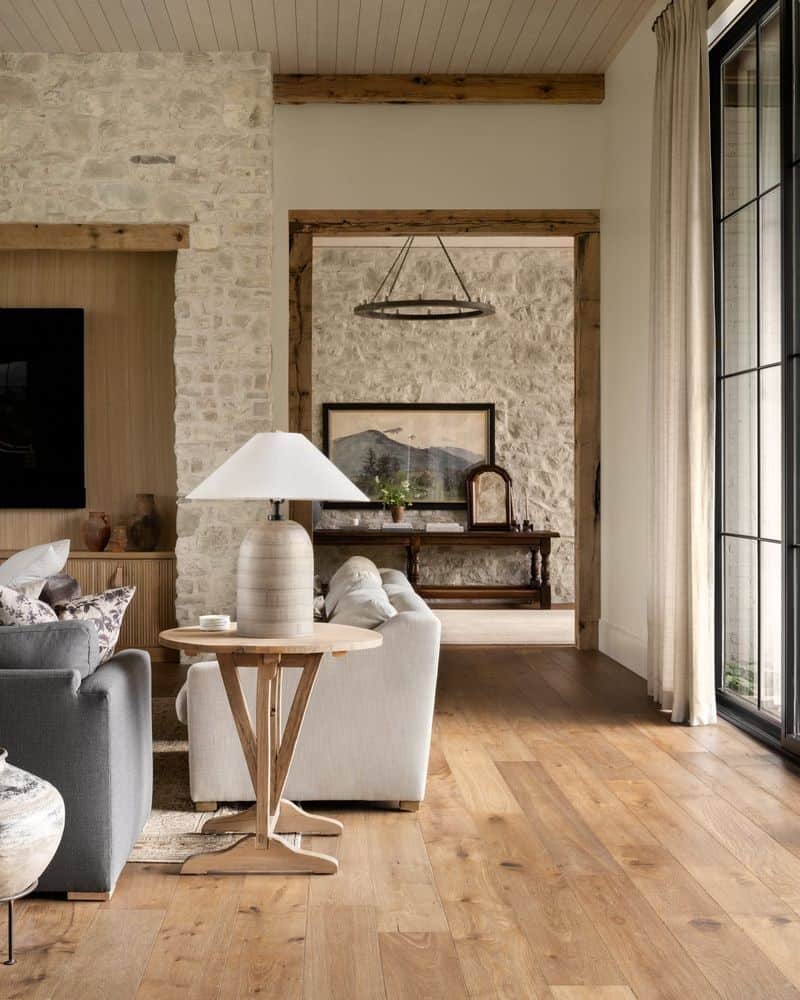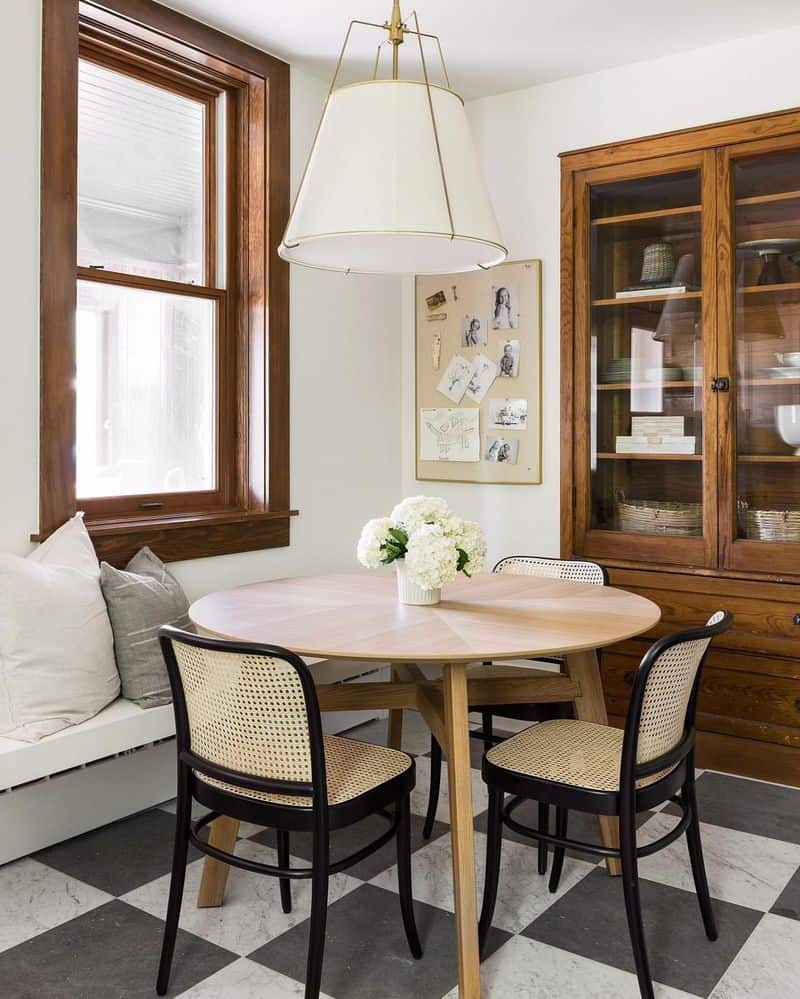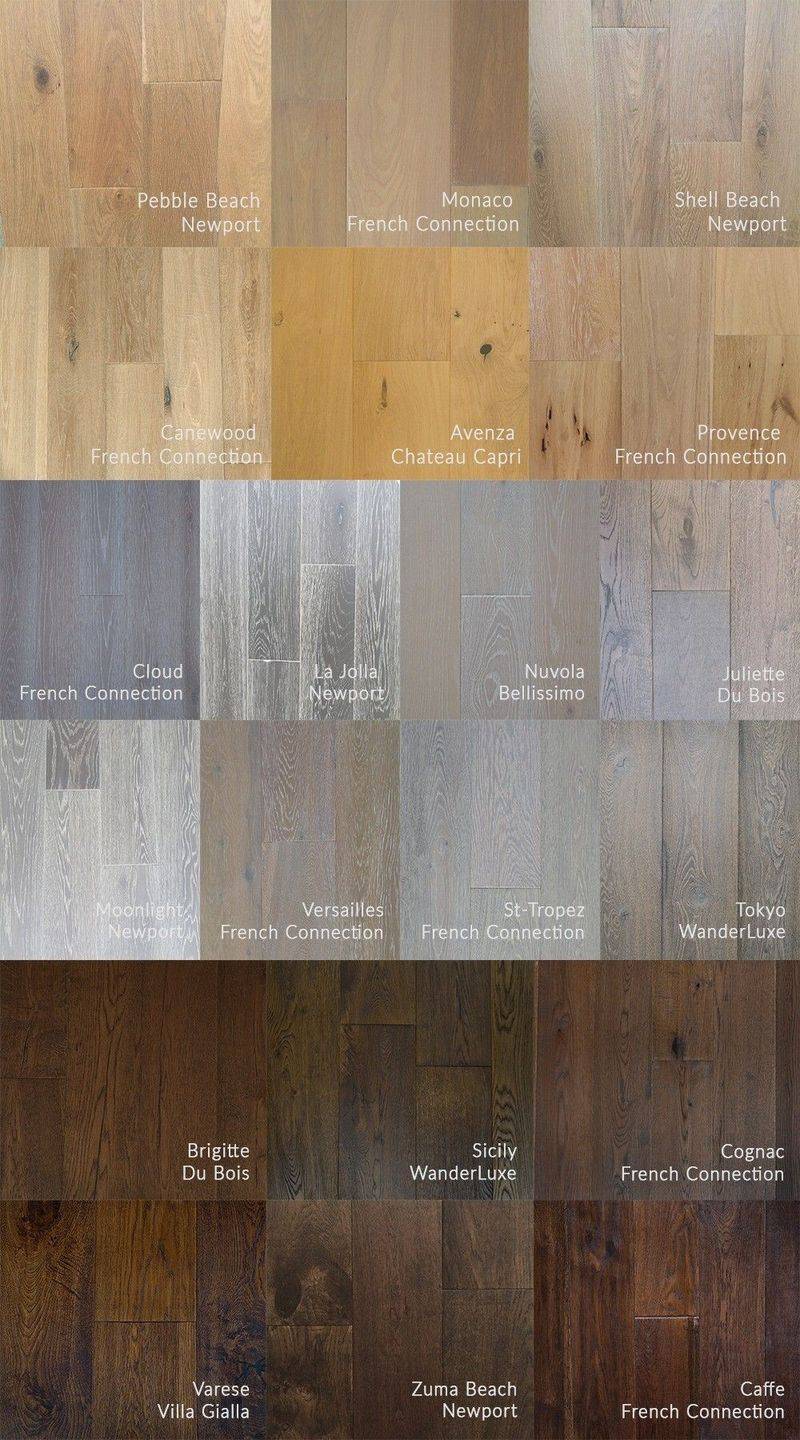Mixing wood tones in your home or office space can elevate the aesthetic to a whole new level. It involves a delicate balance of colors, textures, and styles.
This guide will help you navigate the art of blending different wood tones seamlessly, making your space look curated, sophisticated, and effortlessly stylish.
Get ready to explore these 10 essential tips that will turn you into a wood-tone mixing pro!
1. Start with a Neutral Base
When mixing wood tones, begin with a neutral base to ground your design. Neutral colors like beige, gray, or white provide a backdrop that won’t clash with various wood finishes.
This foundation allows you to experiment with different wood tones without overwhelming the space.
Imagine your room as a blank canvas, ready to embrace diverse wood textures. A neutral base acts as a calming influence, ensuring harmony. It’s akin to starting a painting with a soft wash of color, setting the stage for bolder strokes yet to come.
2. Stick to a Consistent Temperature
Choosing a consistent temperature for your wood tones ensures a cohesive look. Warm tones, such as cherry or mahogany, convey coziness and intimacy, while cool tones, like ash or maple, evoke calmness.
Sticking to one temperature range helps in creating a unified aesthetic. Mixing too many temperatures can make the space feel disjointed.
Think of it like dressing for the weather; you want your outfit to match the season, creating a comfortable and stylish ensemble.
3. Vary the Finish
Varying the finish of your wood pieces adds depth and texture to a room. Glossy finishes reflect light and can make a space feel larger, while matte finishes offer a more subdued appearance.
Mixing different finishes can break the monotony and add visual interest, similar to mixing fabrics in fashion.
It’s like pairing a silk scarf with a wool coat; each texture shines in its own right, harmonizing the overall look.
4. Use a Focal Point
Creating a focal point with a dominant wood piece can anchor the room’s design. Choose something that stands out, like a large reclaimed wood table or a unique bookshelf.
This focal point draws the eye and sets the tone for the rest of the wood elements in the space. It’s the star of the show, much like the lead actor in a play, guiding the audience’s attention and tying the narrative together.
5. Balance Light and Dark
Balancing light and dark wood tones adds contrast and drama to a room. Light woods, like maple, bring brightness, while dark woods, like walnut, offer depth and richness.
A well-balanced mix creates a dynamic visual effect, much like a well-composed photograph. It’s the interplay of shadows and highlights that brings the image to life, making your space both inviting and intriguing.
6. Consider the Grain
The grain of the wood contributes greatly to the texture and visual complexity of a space. Different grains can complement or contrast one another, adding variety.
When selecting wood pieces, pay attention to the grain patterns to ensure they harmonize. It’s similar to selecting patterns for a fabric; you want them to work together, creating an intricate and cohesive design.
7. Use Contrast Sparingly
Using contrast in wood tones can be striking, but it should be done sparingly. Too much contrast can overwhelm the senses. Instead, use it strategically to highlight certain areas or pieces.
Think of contrast as seasoning in a dish; a little can enhance the flavor, but too much can overpower it. It’s about finding the right balance to enhance the beauty of each element in your space.
8. Incorporate Natural Elements
Incorporating natural elements alongside wood tones can create a harmonious environment. Plants, stones, and textiles can complement the wood, adding layers and interest.
These elements introduce an organic feel, making the space more inviting. Imagine a forest floor, where leaves and twigs coexist beautifully with trees, creating a balanced ecosystem. Your room can achieve that same natural symphony.
9. Match the Wood with Your Style
Matching wood tones with your personal style ensures authenticity in design. Whether it’s modern, rustic, or bohemian, the wood should reflect your aesthetic preferences.
Consider how each wood piece contributes to the overall vibe. It’s like curating a wardrobe; each item should fit seamlessly into your style narrative, reflecting your personality and taste.
10. Test Before You Commit
Before finalizing your wood choices, test them in the intended space. Wood can look different under various lighting conditions.
Creating a sample board with different swatches helps visualize the final outcome.
It’s like trying on clothes before purchasing; you want to ensure the fit and color are just right. Testing allows you to make informed decisions, reducing the risk of costly mistakes.

